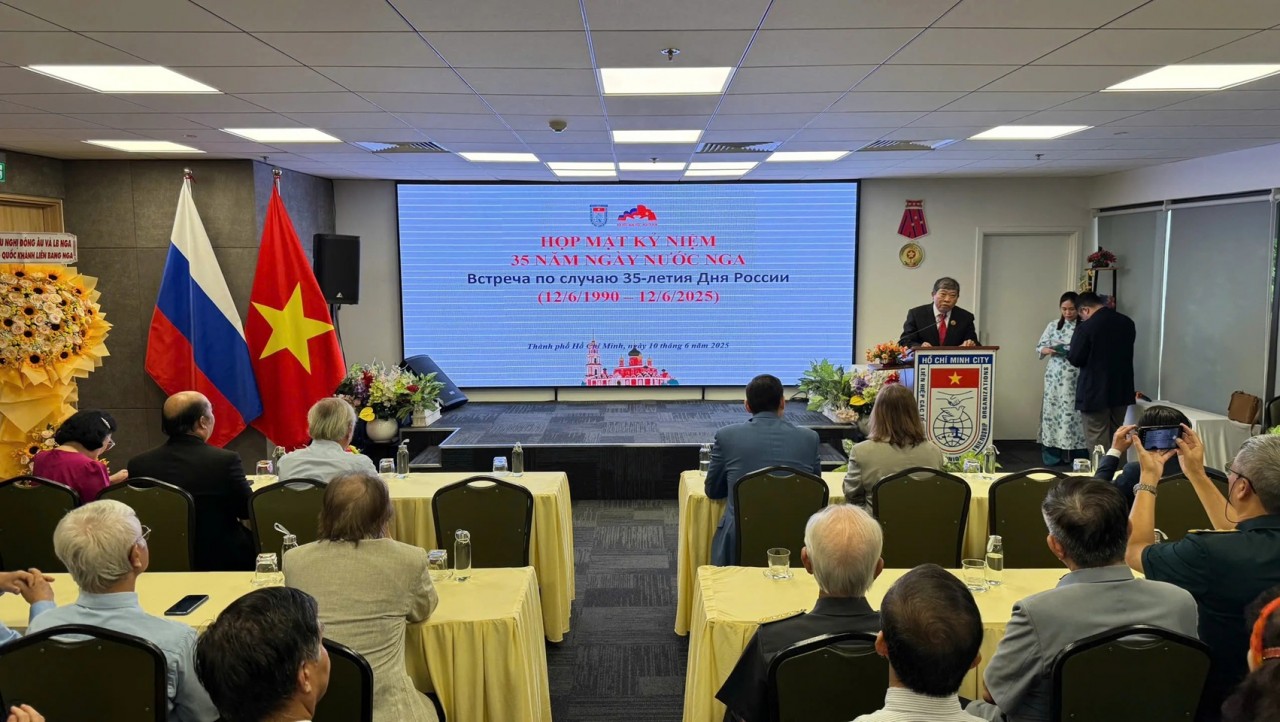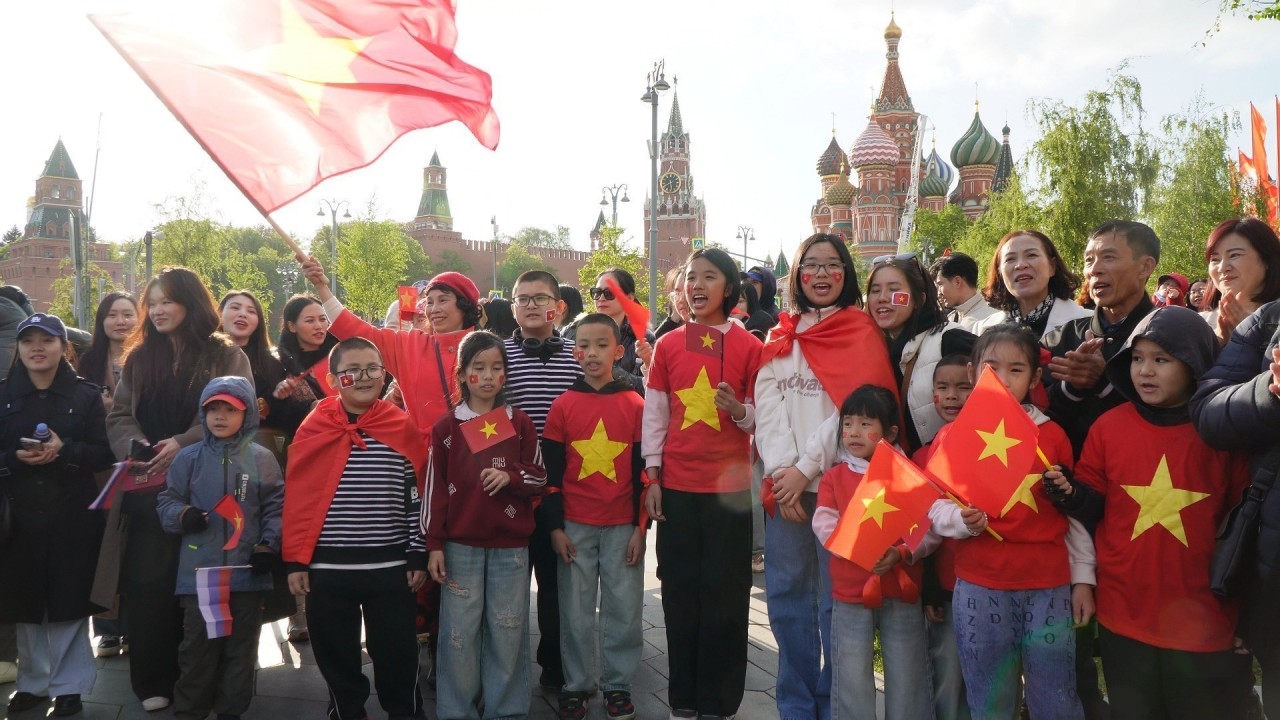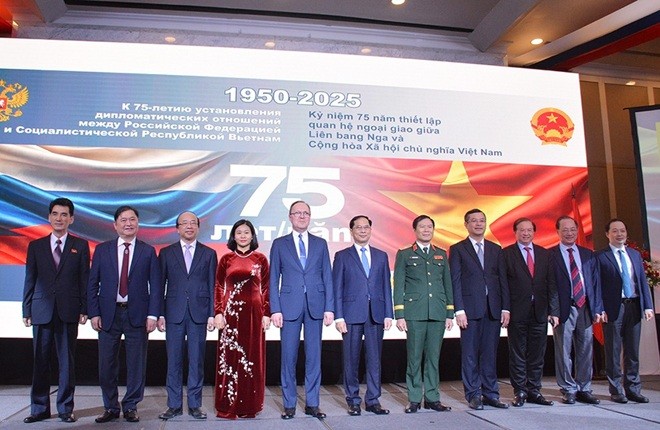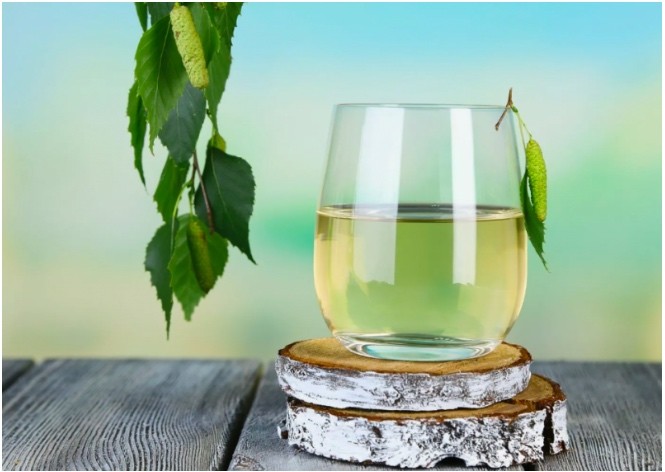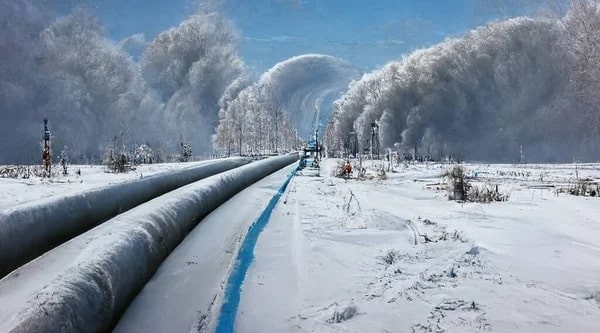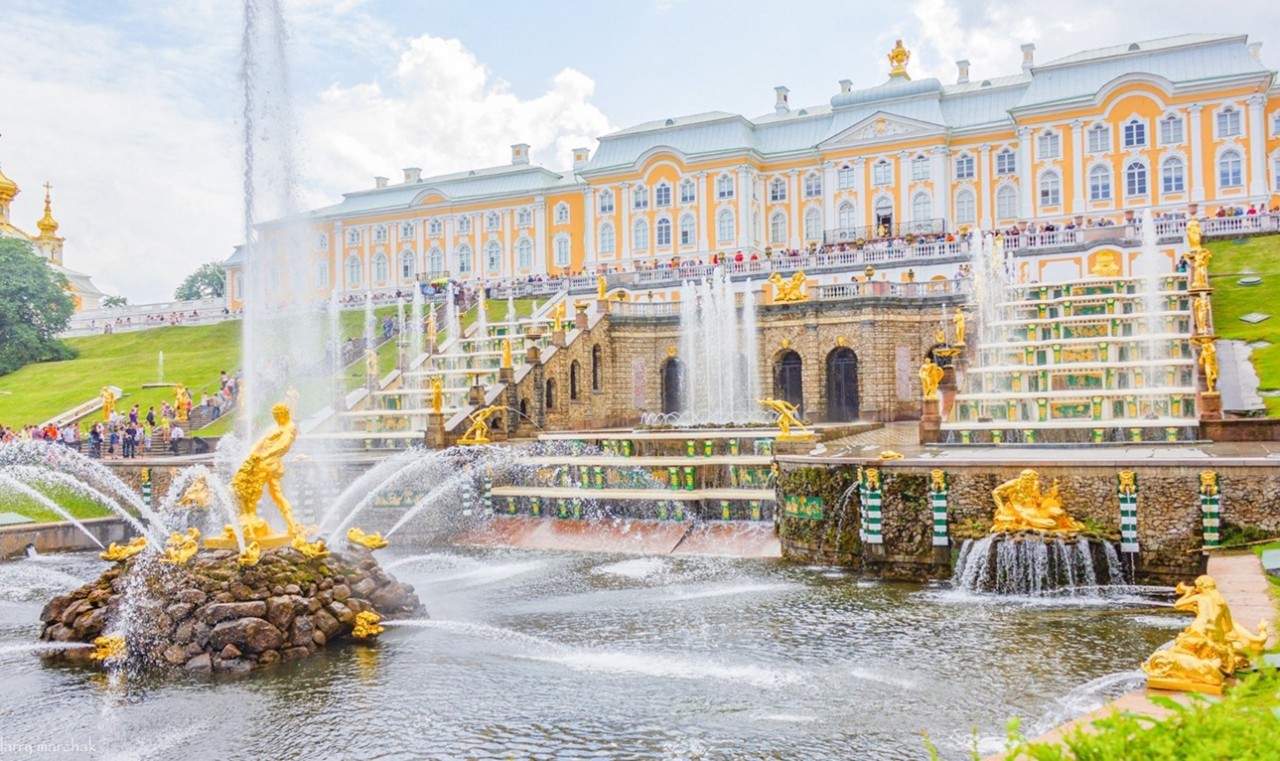Winter Palace - Architectural and Historical Masterpiece
| Yakutia: A Fiery Spirit Amidst the Frozen Wilderness | |
| Russia and Vietnam: Soulmates From Across Borders |
Royal Architecture and Interiors
Constructed from 1754 to 1762 over an expanse of 90,000m2 by the command of Empress Elizaveta Petrovna and envisioned by Italian architect Bartolomeo Rastrelli, the Winter Palace is a testament to the zenith of Baroque architecture in Russia. Viewed from the Neva River, the palace's emerald green and white facade is striking. The Triumphal Arch, adorned with six bronze horses, stands prominently before the palace, commemorating Russia's triumph over Napoleon in 1812. Each aspect, from intricate designs to the statues of deities, is exquisitely detailed, contributing to a cohesive and majestic entity.
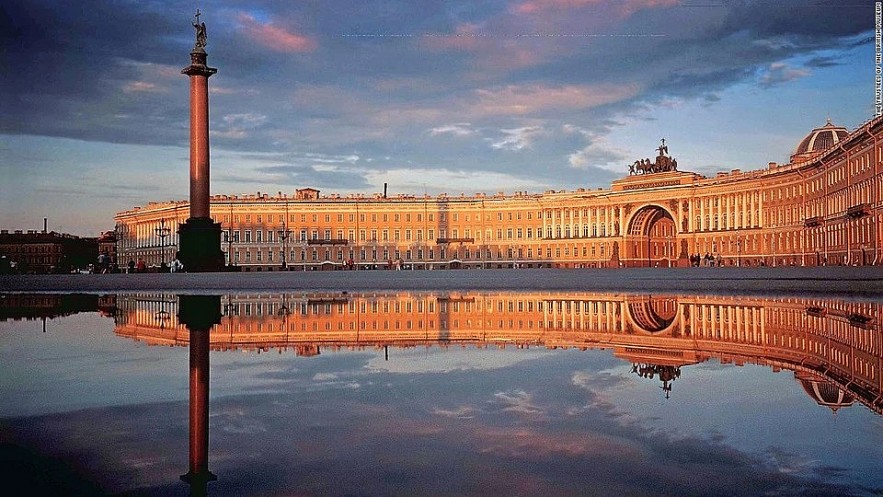 |
| The Winter Palace on the Neva River in St. Petersburg (Russian Federation). |
Within the palace, the state ceremonial rooms, including the Coat of Arms Hall, the Jordan Staircase, and the St. George Hall, are strikingly magnificent. The palace's ceilings and walls boast gilded artwork and intricate artistic embellishments. The Raphael Loggias corridor is adorned with biblical scenes that emulate the splendor of Renaissance art, showcasing the significant impact of Western artistry on Russian architectural design.
Symbol of Power and Prosperity
The Winter Palace with more than 1,000 rooms, 117 staircases and 2,000 windows is one of the Russian Empire's greatest symbols of power. To build this project, more than 4,000 artisans from many different fields gathered. The construction project used approximately 5 million bricks and a vast array of precious stones, including marble and malachite, imported from countries like Italy and Finland. Notably, the Hermitage Museum features the world's tallest monolithic grey granite columns.
The palace stood as a testament to engineering ingenuity, employing sophisticated stone construction and foundation methods tailored for the soft soil of St. Petersburg. Its underground floors featured a state-of-the-art waterproofing system, safeguarding the structure from the Neva River's dampness, thus ensuring its longevity.
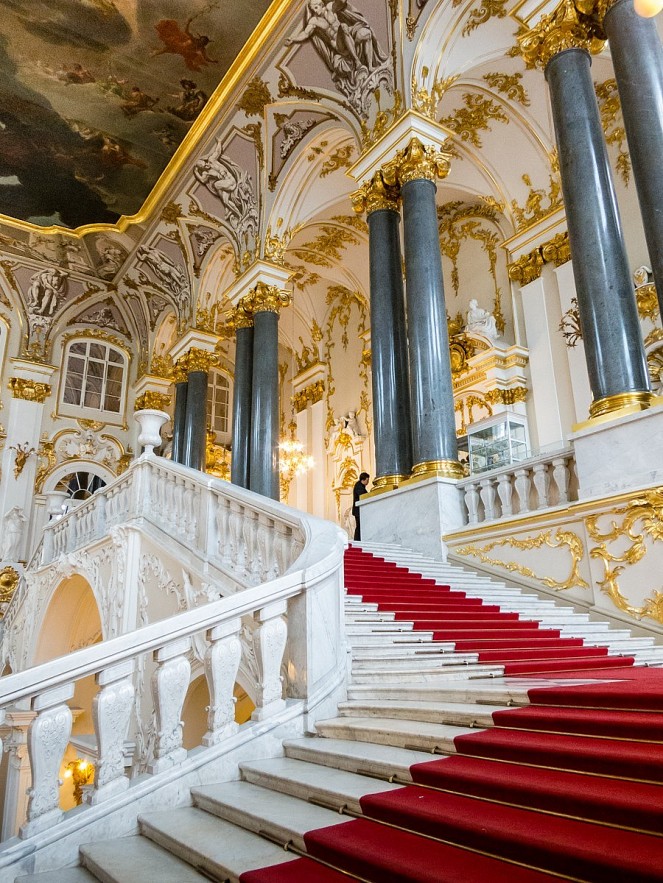 |
| The Jordan Staircase at the entrance of the Winter Palace. On Epiphany Day, the Tsar descended the royal staircase to attend the Great Water Festival on the Neva River, commemorating the baptism of Jesus in the Jordan River. (Photo: richedwardsimagery) |
After a fire in December 1837, Tsar Nicholas I ordered the palace to be rebuilt. The lavish interior was restored under the supervision of architects Vasily Stasov and Alexander Briullov, with a mix of modern and classical elements, completed in just one year.
Throughout the 20th century, the Winter Palace witnessed many important historical events, from the Bloody Sunday massacre of 1905 to the October Revolution of 1917. These were events that changed the political and social face of Russia, and linked the palace's history to the great changes of the era.
The Hermitage Museum - Center of Global Culture
In 1917, the Winter Palace officially became part of the State Hermitage Museum, which houses more than 3 million precious artifacts. Among them are 15,000 famous paintings, 12,000 statues, 620,000 engravings and sketches, 1 million reliefs, and coins and commemorative badges. With paintings, sculptures, engravings and historical artifacts from all over the world, the Hermitage is not only a royal art museum but also a center to preserve global cultural heritage.
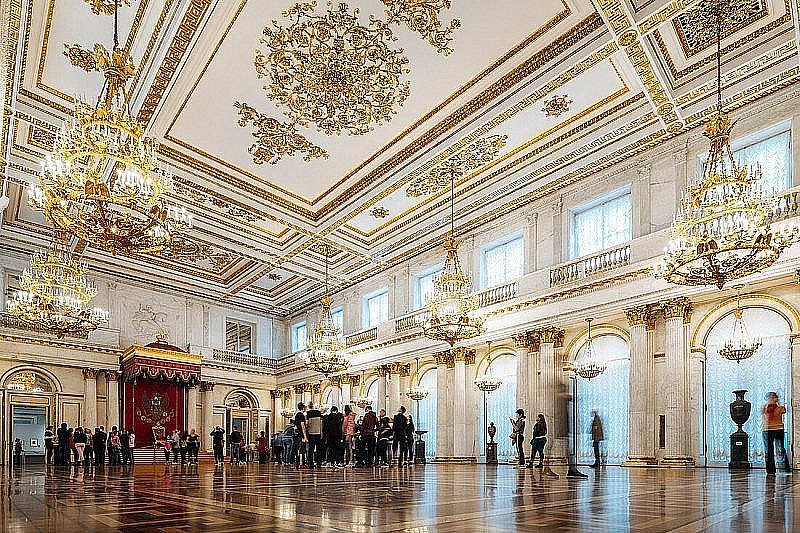 |
| The Hermitage Museum is a must-see destination for international tourists when visiting St. Petersburg. (Photo: theartnewspaper) |
Renowned artifacts featured here include Leonardo da Vinci's "Madonna Litta" and "Benois Madonna," Raphael's "Madonna Conestabile," Michelangelo's sculpture "Crouching Boy," and the Peacock Clock, crafted by British jeweler James Cox in the 1770s. Each piece narrates a distinct historical tale, contributing to a realm brimming with artistic and cultural significance.
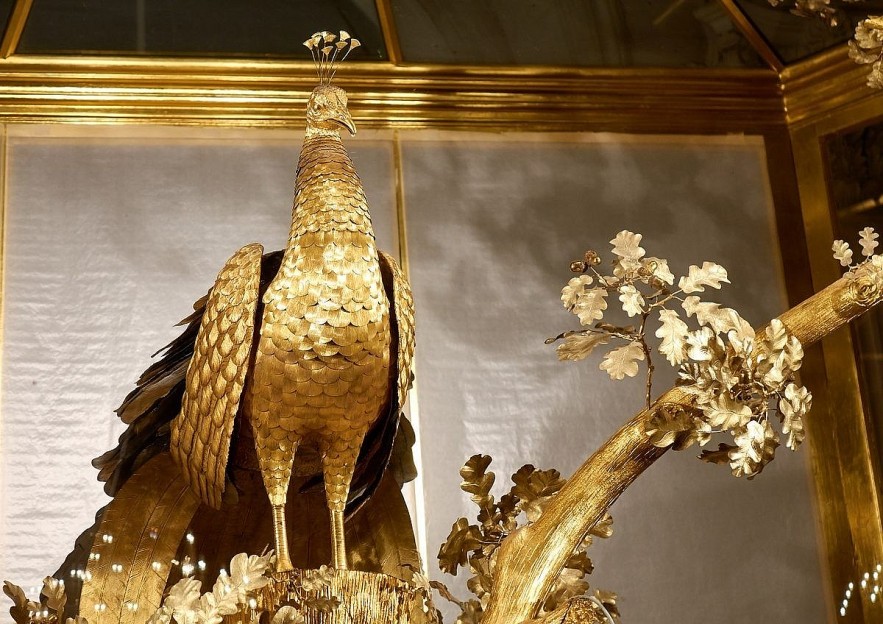 |
| The Peacock Clock by British jeweler James Cox is on display at the Hermitage Museum. (Photo: atlasobscura.com) |
Challenges in Conservation
In addition to its cultural and historical values, the Winter Palace is facing a major challenge in preserving its structure and the works of art displayed. The natural deterioration of the architecture, the effects of climate change, and the impact of large numbers of visitors are increasing the pressure on the palace.
The Russian government has implemented many strict measures to preserve the heritage. Modern sensor systems help monitor humidity and regulate the temperature inside the palace, preventing deterioration of the structure. Improved waterproofing technology and ventilation systems have also been applied to protect the structure and valuable artifacts. The government has improved the visitor management system, including controlling the number of visitors to important areas to minimize the impact on the palace.
These conservation efforts are not limited to Russia. The Hermitage benefits from the backing of international entities like the Getty Institute and UNESCO. Renowned as a premier art conservation body, the Getty Institute has partnered in preserving the 19th-century walls and ceilings. Experts from Getty have employed advanced technology to rehabilitate architectural features impaired by the ravages of time and the impacts of climate change.
UNESCO recognized the Winter Palace as a world heritage site in 1990, providing financial and professional support for conservation projects. The Hermitage also cooperates with the International Council of Museums (ICOM) to share knowledge and advanced conservation technology, ensuring that the highest conservation standards are maintained.
The Palace in Memory and Literature
The Winter Palace is not only an architectural heritage but also a source of inspiration for many literary and artistic works. The palace motif features prominently in Russian literature, gracing the pages of historical novels such as Eva Stachniak's "The Winter Palace" and Tolstoy's acclaimed "War and Peace." It has also served as a backdrop in numerous classic films, notably Sergei Eisenstein's "October: Ten Days That Shook the World," which depicts the events of the Russian October Revolution.
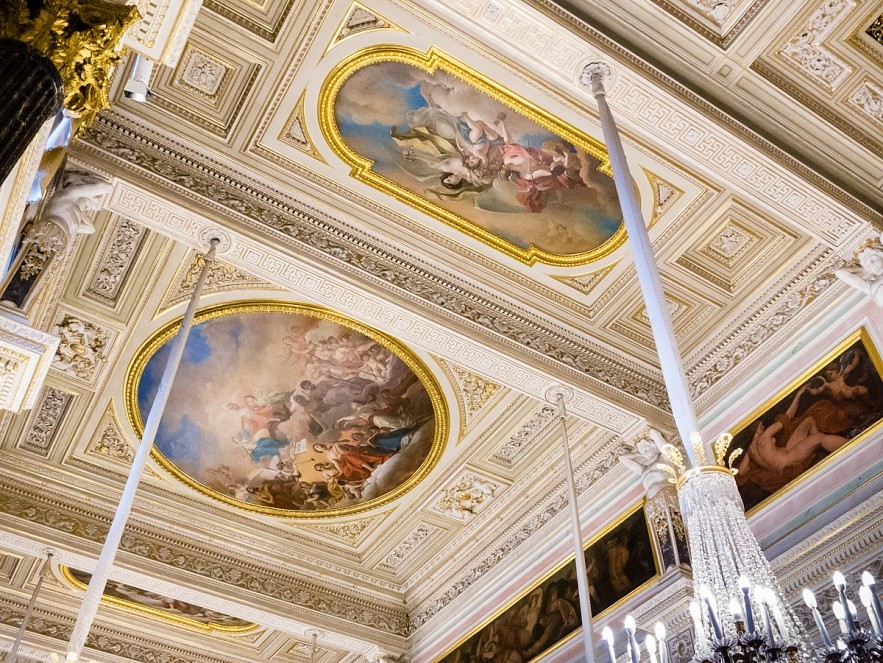 |
| Ceiling paintings at the Winter Palace. (Photo: richedwardsimagery) |
For many Vietnamese who studied and worked in the Soviet Union, the Winter Palace left a deep impression. Visits to the palace are an unforgettable part of the memory of the greatness of Russia during the imperial period.
"When I arrived in St. Petersburg, the first thing I wanted to do was to revisit the Winter Palace," said Le Quang Huy, a former Vietnamese student in the Soviet Union. "It is not only a great architectural work, but also a deep memory in our hearts, those who lived and studied in Russia. The image of the palace amidst the white winter snow and the frozen Neva River has engraved in my mind the sustainability of Russian culture."
Associate Professor, Dr. Bui Minh Tri, a former student of Saint Petersburg State University, wrote the poem "Winter Palace", expressing his admiration for the beauty and magnificence of the work.
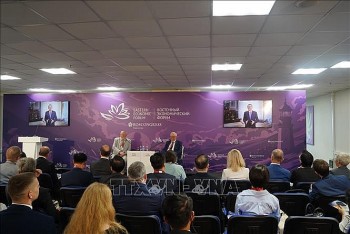 | Eastern Economic Forum 2024: Deepening Russian-Vietnamese Cooperation As part of the kick-off events at the Eastern Economic Forum 2024 on Russkyi Island in Vladivostok (the Russian Federation), the conference was organized to ... |
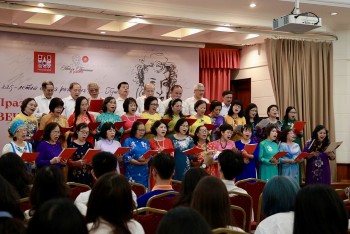 | Russia and Vietnam: Soulmates From Across Borders Russia has trained millions of students from all over the world, yet Vietnamese students have a special place in the hearts of Russian teacher. Most ... |
In topics
 Viet's Home
Viet's Home
Translator Thuy Toan Lights the fire of love for Russian - Vietnamese literature
Recommended
 World
World
G7 Summit marks turning point in India-Canada relations, says former minister Ujjal Dosanjh
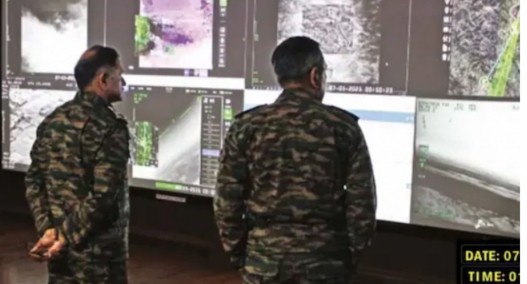 World
World
India reports 9 Pakistani Aircraft Destroyed In Operation Sindoor Strikes
 World
World
Thailand Positions Itself As a Global Wellness Destination
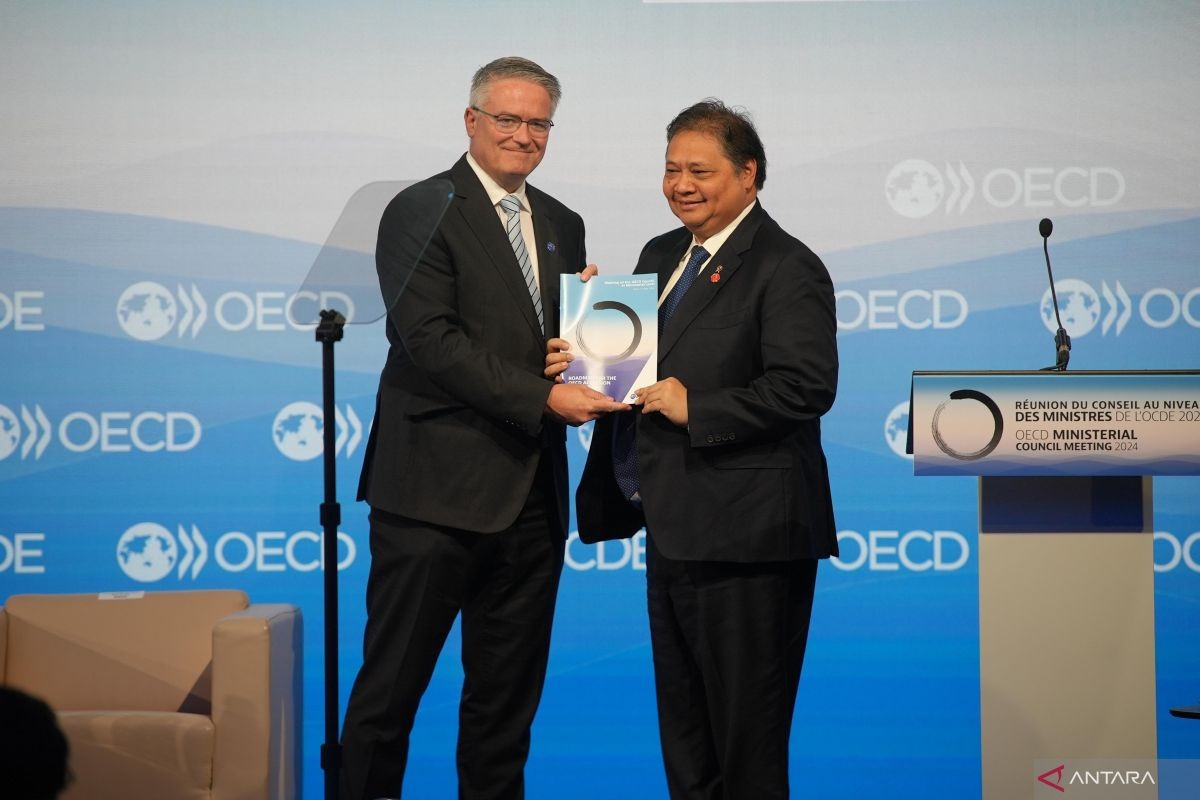 World
World
Indonesia Accelerates Procedures to Join OECD
Popular article
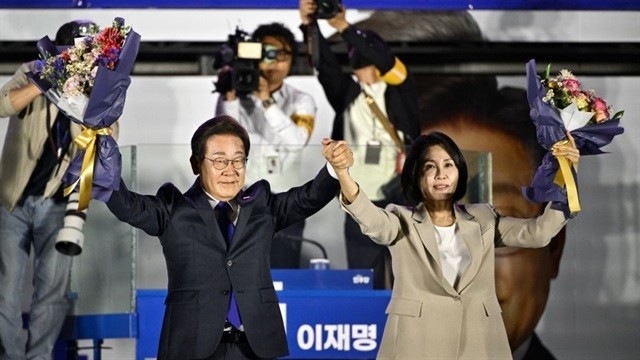 World
World
South Korea elects Lee Jae-myung president
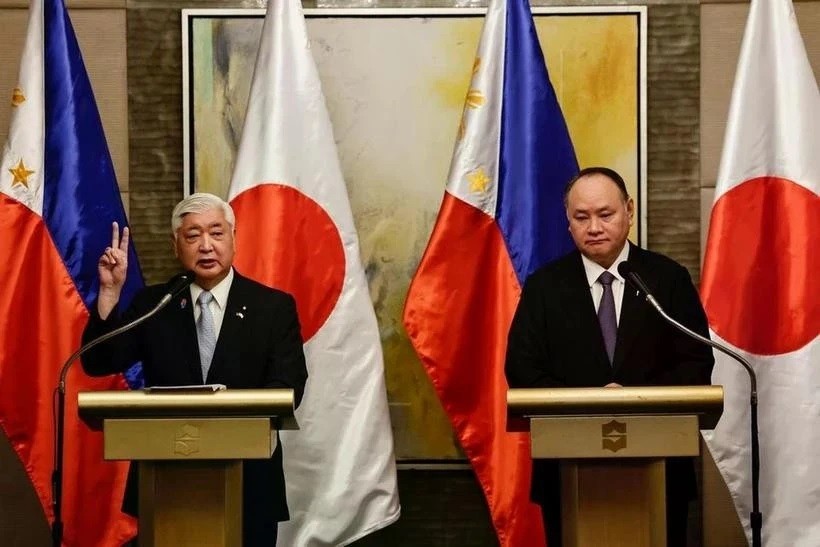 World
World
22nd Shangri-La Dialogue: Japan, Philippines boost defence cooperation
 World
World
Pakistan NCRC report explores emerging child rights issues
 World
World




